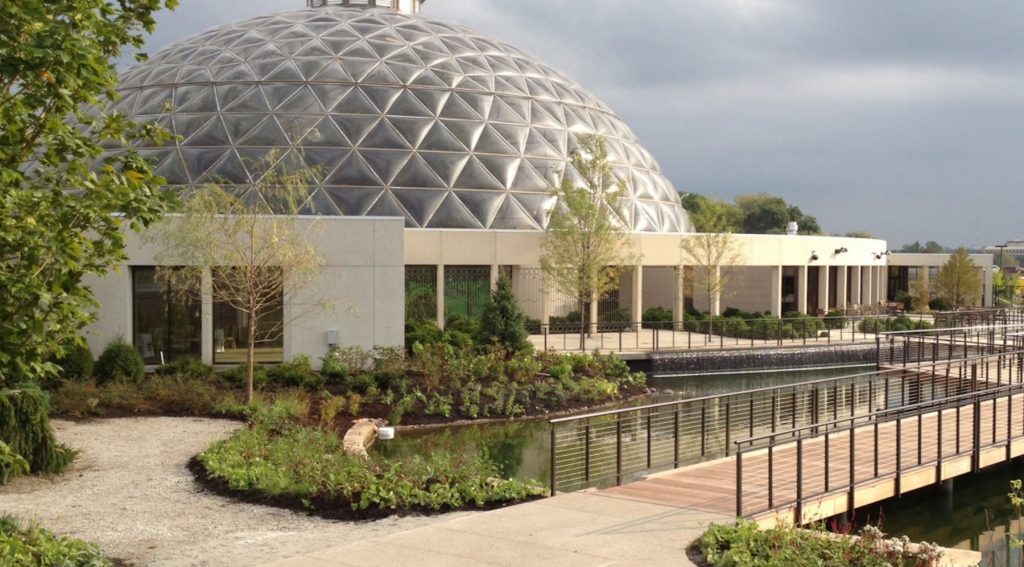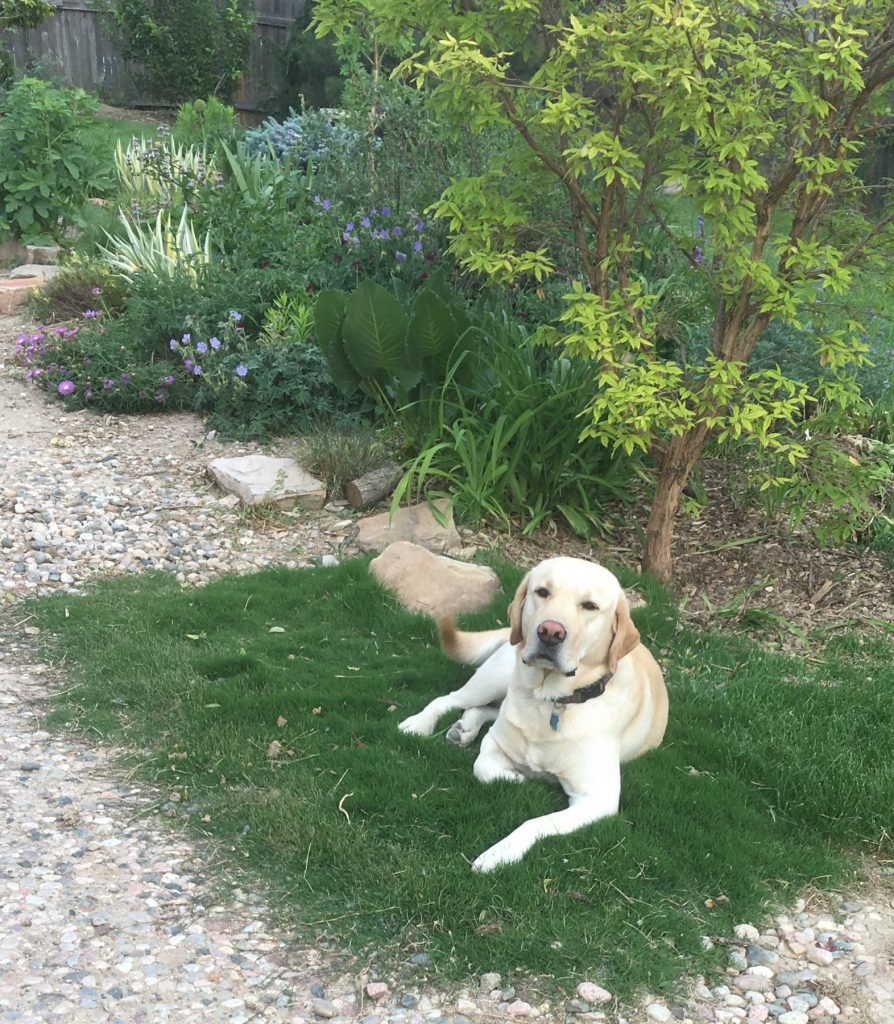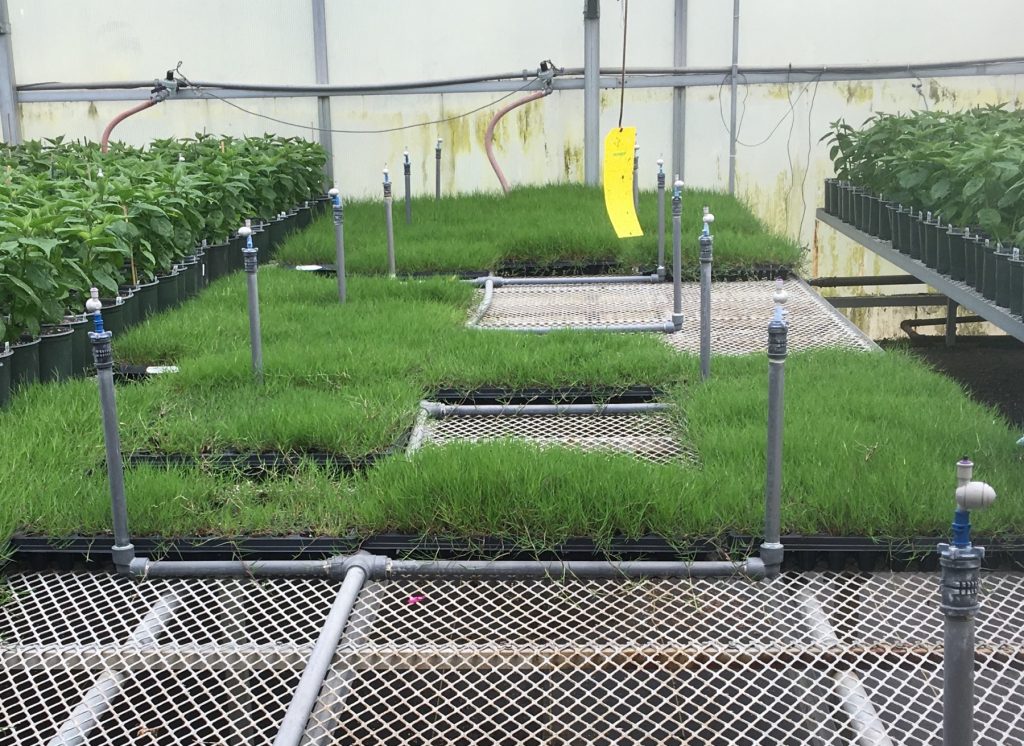Gardening in the steppes of Colorado and the Rocky Mountain region is a constantly rising learning curve. I dream of a garden-enclosing greenhouse along the lines of the Eden Project, or maybe a dome like the one at the fabulously revived Des Moines Botanical Center. May has been a particularly trying month, with an endless mistral blowing from the southwest and devastating hail storms from the north. The garden and I are in tatters.

Is it any wonder that Front Range local flora has small narrow leaves or tough little leathery ones? Or so it seems, as they are all that have remained untouched in my garden. The wind desiccates each newly planted flower; by day’s end foliage hangs like limp hankies on the bough. Peonies, roses and irises do surprisingly well, but one has to learn to go with the flow and I have learned from Plant Select and Ross Shrigsley what that flow is all about.
As Director of the Plant Select program, a joint non-profit project with Denver Botanic Gardens, Colorado State College, and professional horticulturists, Ross is clear in his recommendations, which in a nutshell is “recognize that we live in a semi-arid climate and plant appropriately.” This will help gardeners to establish a clear identity for their gardens so that what we create fits the environment and is in tune with local biome. But it’s not easy, as he remarks, “when we envision in our mind’s eye what a Southwest garden style looks like we see cactus; in the Northeast garden styles we see woodlands and daisies. What do we see as a Colorado style? I don’t think it’s defined–yet, but some components should be rocks, more dryland shrubs, and a warm season turf.”

Even steppe gardens in the Rocky Mountains can benefit from eye-relaxing stretches of green sward. Something that, in semi-arid conditions with a less-than-welcoming soil, is hard to achieve or maintain. Water-thirsty, fertilizer-hungry, bluegrass and other dainty grasses are a drain on the gardener’s soul…and pocketbook. Some people use rock instead of grass as a groundcover, and while “native” – we’ve got lots of rock in the Rockies – it’s a sterile, monotonous material, absorbing and throwing back heat into the surroundings. Organic mulches (wood chippings and such) are popular, but uninspiring. Wild flower meadows weaving through stands of native grass are appealing (I’m trying this out in one section of my new garden). But when it comes to lawn cover, Plant Select think they’ve got the answer in a new lawn grass called Dog Tuff™ (African Dog-tooth grass), a greener more resilient strain of Bermuda grass.
In Texas, Bermuda grass is often recommended for new and revived lawns for its low-water, low-mow nature, but it has drawbacks: it’s not resilient to foot traffic, kid’s play, or dog “use.” But as plantsman Kelly Grummons, featured in the video above, who helped develop this grass, attests, Dog Tuff™ is just that and more, as it is extremely drought tolerant, thus low on water use, mowing can be done once a month or less, has a bright green color, ideal for a lawn in a full sun (shade is not its friend), and seems to show evidence of resistance to Japanese beetle infestations, the grubs of which make hideous brown spots in turf lawns.

Some may regard its seasonal autumn-winter brownness a drawback, but Ross observes that homeowners could expand their use of flowering native perennials and shrubs to bring color into the garden in the off-season. Something to be desired as that is what supports a diversity of native fauna. “Dog Tuff™ is tough, and we need to use it more in our urban landscapes. It is key to water conservation for our increasingly growing populated cities.” For retailers and more information, visit http://plantselect.org/where-to-buy/retailers/
©Ethne Clarke 2018.


